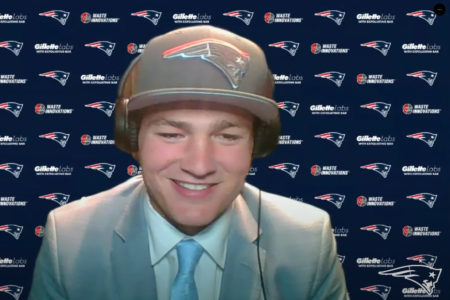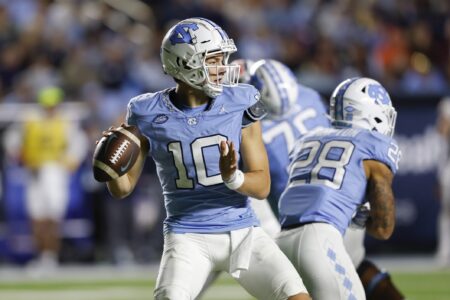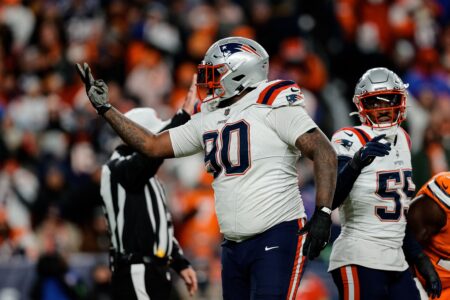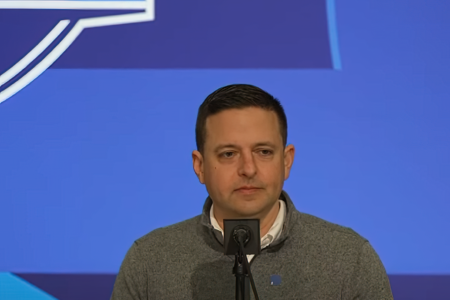If you want to know what TB is probably up to...read below, seems to me he will get his treatment & rest, avoid re-injuring it and be really close to 100% at game time - to me, the key is to not aggrave or re-injure it - no matter how severe.
high ankle sprains, the membrane which connects the two leg bones (the syndomosis) is either stretched or torn. High ankle sprains can be especially problematic for athletes because there is a very poor blood supply to this area of the ankle and it takes a long time to heal. Any type of twisting or turning maneuver results in stretching of this area, which makes it especially difficult to play basketball, soccer, or to skate. Over time, athletes who have a high ankle sprain can often walk and even jog on level ground normally, but cannot push off on their skate edges and are limited in terms of their ability to return to activities. High ankle injuries can take six weeks or longer to heal.
The initial treatment of both these types of ankle sprains is very similar. Once an ankle has been found to have either a high or low ankle sprain and not to have a fracture, and there is no severe instability present, a standard RICE protocol should be followed. This consists of a program of Rest, Icing, Compression and Elevation to allow the athlete to get back to activities sooner.
We have found that even the most severe ankle sprains, if treated immediately, can cause minimal down time for athletes. However, if the ankle is allowed to swell up after injury and the athlete has a decrease in motion, their ability to return in a timely fashion will be severely limited.
Once the ankle has quieted down and the swelling is minimized, the athlete needs to start on a program of ankle strengthening. This can consist of using rubber tubing or pushing against a desk or chair, usually with the outside of the foot, to strengthen the outside ankle muscles (peroneals) which protect the ankle from being reinjured by twisting in again.
In addition, the ankle structures which are injured need to "re-recognize" where the joint is located so the muscles can fire to prevent a reinjury if they are back in a similar mechanism. These exercises, such as balancing (proprioception), are important to help an athlete return to function quickly.
Once an athlete has minimal swelling and has had appropriate strengthening, a functional on-ice evaluation needs to be performed to see if they can return to play. Taping or using an air-filled plastic splint are often important to allow them to return to skating once their strength and motion have returned close to normal.
In terms of the treatment of high ankle sprains, an athlete should not try to play through the pain. The injury needs to continue to be rested. If not, it will ultimately prolong the total time of rehabilitation.
http://www.sportsdoc.umn.edu/Patients_Folder/Askdoc/askdoc2que6.htm



















